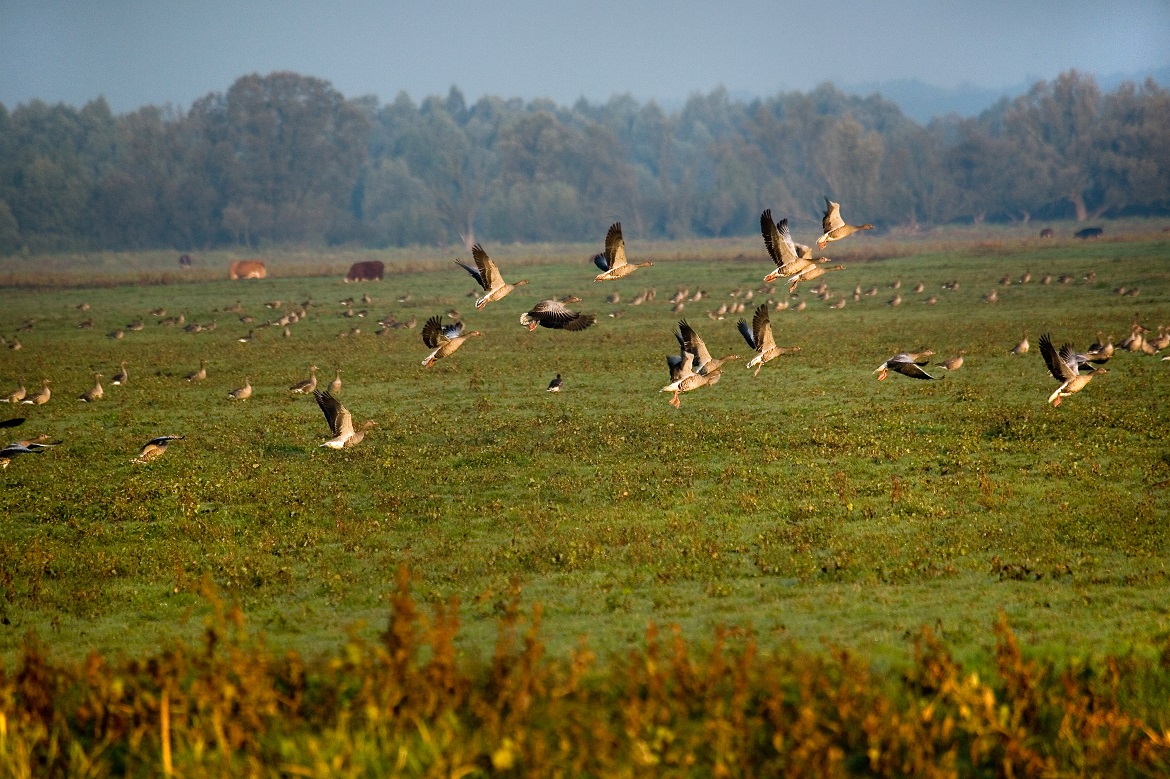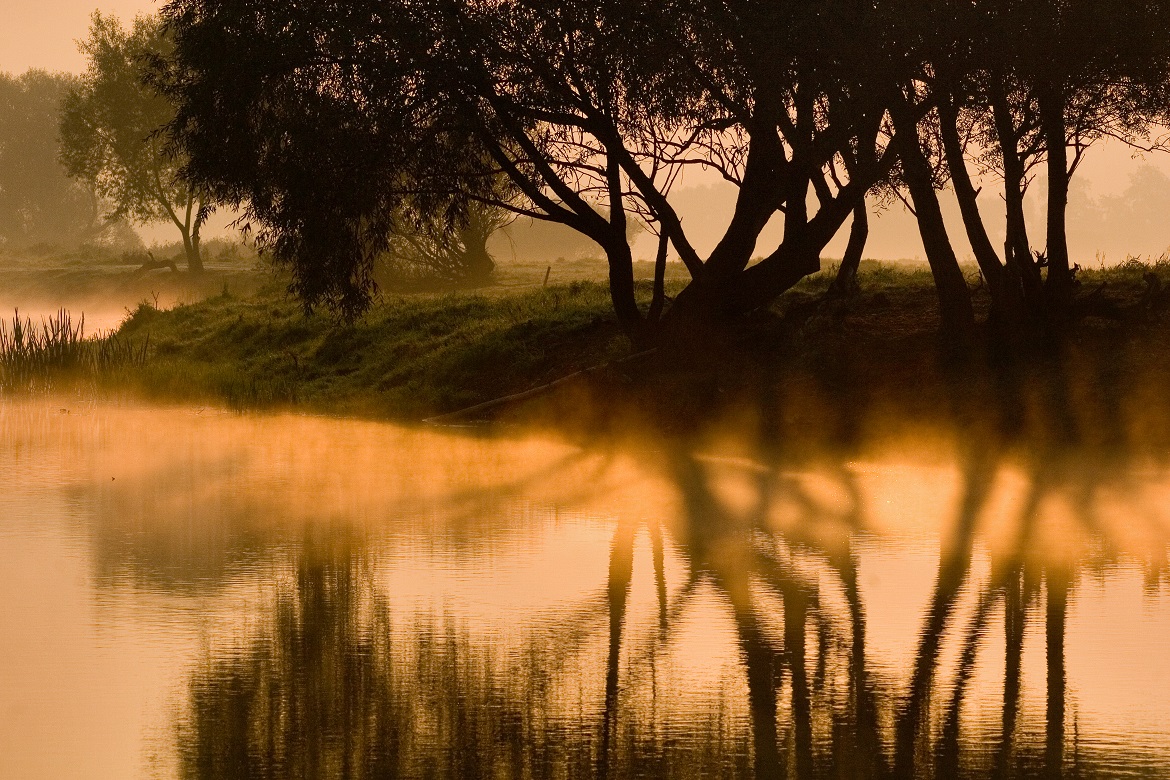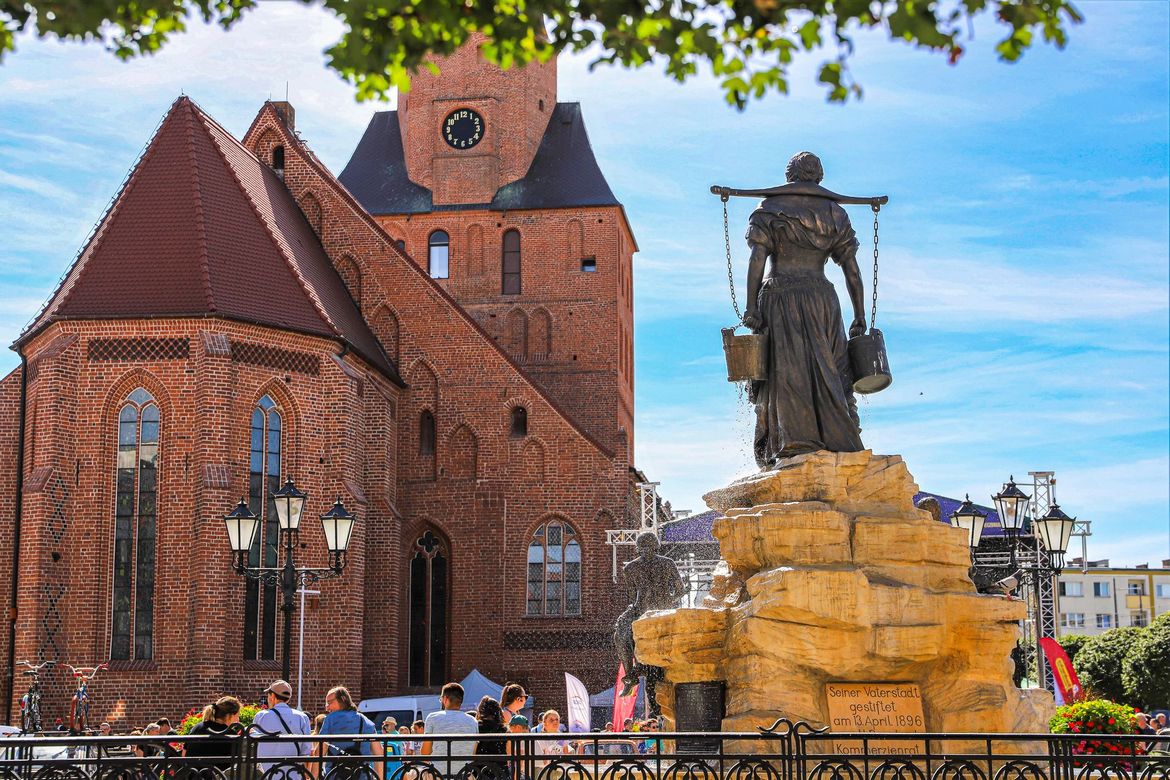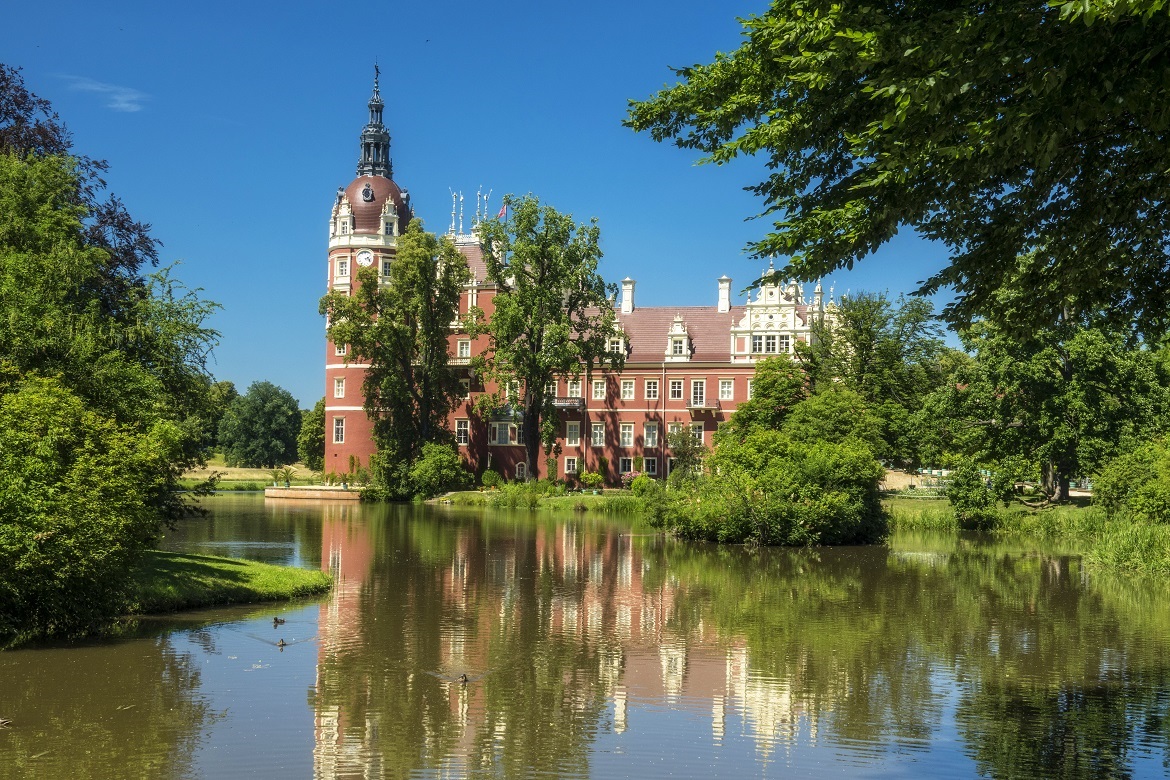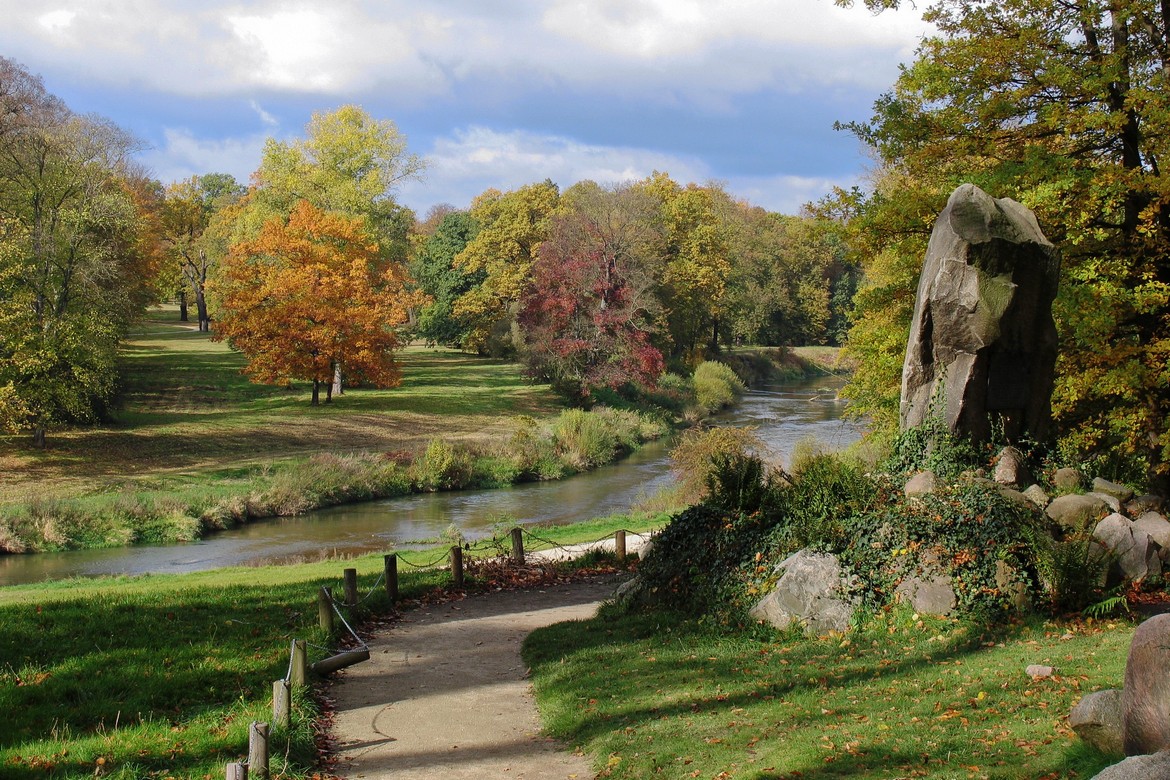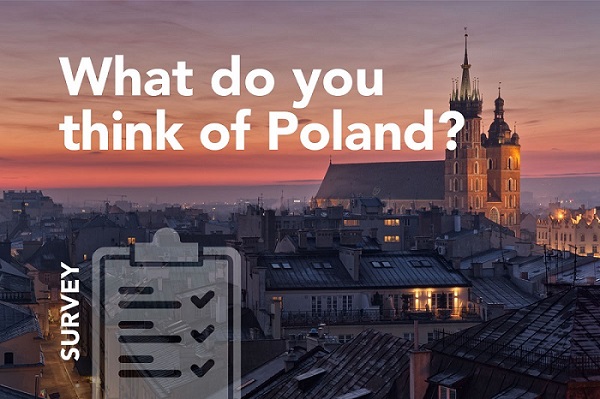Lubuskie Voivodeship
Lubuskie Voivodeship
Poland’s most densely forested province, rich in natural attractions including a national park (Warta Mouth), historic buildings (e.g. Łagów Castle) and former military sites (the Międzyrzecz Fortification Region), as well as a UNESCO-listed site: Park Mużakowski. The province has two capitals: Zielona Góra and Gorzów Wielkopolski.
Lubuskie province lies in western Poland, bordering Germany in the west, and sharing a border with three Polish provinces: Zachodniopomorskie, Wielkopolskie and Dolnośląskie. The province has two capital cities: Zielona Góra and Gorzów Wielkopolski. Lubuskie province covers an area of almost 14,000 sq. km.
Lubuskie – Well Worth the Effort
From crystal waters to verdant vineyards, from a geopark to a Park of Love, from the gigantic statue of Christ the King in Świebodzin to wooden churches and abbeys – the only problems tourists face is where to go first. Lubuskie even has two capitals: Zielona Góra and Gorzów Wielkopolski. Abundant in bilberries and wild mushrooms, the forests are crossed by many large rivers – the Odra, Warta, Nysa, Bóbr and Obra – and a number of smaller ones, perfect for canoers and anglers. Among the region’s 500 lakes, the largest is the “Silesian sea”, i.e. Lake Sławskie; legend has it that its name comes from Witosława, a little girl abducted by nymphs.
If you mount your bicycle and set off along the designated bike route to the bird paradise that is the Warta Mouth National Park, you’ll also see beeches up to 300 years old in the Wilanów reserve. Or maybe you’d rather discover roadside shrines and churches on the religious route in Pszczew Landscape Park, or sacred spots, Romanesque buildings and Ioannite sites in Łagów-Sulęcin Landscape Park?
Natural and Military Sensations
Hikers and cyclists alike can enjoy the UNESCO-listed Park Mużakowski in Łęknica and Bad Muskau, covering over 700 hectares. In 1815, Prince Hermann Ludwig Heinrich von Pückler-Muskau began remodelling it with the help of leading landscape gardeners into an English landscape park; his work was continued by subsequent owners of the estate. After the war most of this green complex ended up in Poland; the park’s revitalisation began in 1988, ultimately enabling it to be listed as a UNESCO World Heritage Site. The Polish and German sections of the park are connected by two bridges across the border river Lusatian Neisse. Several pedestrian, cycling and Nordic walking routes now traverse Poland’s largest English garden. Muskauer Park lies within the Muskau Bend Landscape Park and the Muskauer Faltenbogen / Łuk Mużakowa UNESCO Global Geopark, the only area in Poland that belongs to the Global Geoparks Network. Its attractions include over 100 reservoirs left by lignite mines, with different colours of water depending on the chemical composition. The most interesting sights can be seen along the Former Babina Mine geotourism path that also features an observation tower almost 30m tall.
Another must-see is the 30km tourist route at the Museum of Fortifications and Bats in Pniewo, packed with as many as 58 armoured guns and inhabited by 12 species of bats (over 30,000 can be seen here during winter). It is part of the Międzyrzecz Fortified Region, a 100km system of fortifications that the Germans built before the war between the rivers Odra and Warta.
Kostrzyn nad Odrą has long been associated with the Przystanek Woodstock festival, now called the Pol’and’Rock Festival. The Kostrzyn Pompeii – the revitalised ruins of the Old Town and fortress wiped out by Red Army attacks in March 1945 – less well known but equally amazing.
Historical Kostrzyn (or Küstrin in German) was a beautiful town with Renaissance and Baroque tenements, a parish church and a castle – the Hohenzollern family seat and the oldest bastion fortress in Poland. An interactive exhibition illustrating Kostrzyn’s history, including a model of the part of the town lost to history, is shown at the Kostrzyn Fortress Museum in the Filip Bastion, one of three preserved bastions of the 16th-century fortifications. Kostrzyn Fortress Days are one of Lubuskie province’s most popular summer events with historically-themed entertainment.
Religious Must-Sees
The figure of Christ the King of the Universe in Świebodzin is undoubtedly one of the most easily recognisable sites in the region, and a symbol of entrusting the town to the Son of God. The statue’s style is reminiscent of the figure of Christ the Redeemer in Rio de Janeiro, but the Polish monument is 6 metres taller, standing at 52.5 metres including its base. It is also taller than Bolivia’s Cristo de la Concordia statue. The white figure wearing a golden crown is visible from the road many kilometers away.
Music in Paradise is a summer festival of early music at the Cistercian Abbey in Gościkowo-Paradyż. Surrounded by gardens, this former Baroque Cistercian monastery complex with the Church of the Assumption of the Blessed Virgin Mary and St. Martin lies on the European Route of Cistercian Abbeys. The church houses an everlasting light allegedly made by Polish King Ladislaus IV Vasa himself; he was a patron of the arts, a military reformer, and at the same time a ruler focused on fulfilling his own political ambitions. The gallery features a huge emblem of Stanisław August Poniatowski with the Ciołek family coat of arms. The museum in Paradyż has a collection of priceless early prints, paintings and liturgical objects.
The 23km Trail of Wooden Churches of the Kozioł Region passes three churches. The Gothic-Renaissance interior of the church in Kępsko is decorated with early 17th-century murals depicting scenes from the Last Judgement and the New Testament, and features an altar in the form of a triptych. The church in Chlastawa, famous for its floral polychrome decorations, is a beautiful historic building. The church of Kosieczyn is the oldest wooden church in Europe.
The Lubusz Way of Saint James crosses the entire province. Part of a joint Polish-German project called Ways of Saint James East and West of the River Odra, it is around 250km long and is divided into 12 stages.
Love Around the Corner
To witness the finest historical sites of Żary, you can follow the route of Lusatian legends which includes the Weaver, the Basilisk, the Red Deer, the Horse Head and the Black Governor. Couples looking to prove their love will want to add a padlock to the little bridge in the Michalina Wisłocka Love Park. This green oasis is dedicated to the woman who wrote the first Polish sex manual, published in English as A Practical Guide to Marital Bliss. It is situated near the old castle in Lubniewice on Lake Lubiąż. Sculptures of embracing couples stand in the avenues among 100-year-old trees.
Along the Lubusz Trail of Wine and Honey you will be served a variety of fine wines, as well as discovering agritourism farms, museums, apiaries and vineyards. For a snack, you must try Budachów pierogi, a regional product made by women from Bytnica commune for the Russian Pierogi Festival in Budachów. It’s also worth taking part in the Wine Weekends and Young Wine Festival in Zabór.
Also not to be missed is the Ethnographic Museum in Zielona Góra-Ochla with more than 80 examples of rural architecture within a 13 hectare open-air museum.

